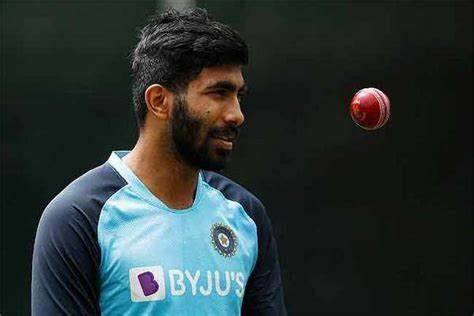A Load of Old Balls
The owner of British Cricket Balls, which manufacturers the Dukes ball, tells Rich and Rob why this most humble of arts will always be an imprecise science.
“We commonly get 36 to 38 balls out of every cow,” says Dilip Jajodia, an Indian-born businessman who has, since 1987, has overseen a company synonymous with English cricket, swing bowling and annual criticism.
Jajodia is now in his 80s, but you could be forgiven for thinking you were speaking to someone half his age. He’s on the runway waiting to take off on a plane bound for the country of his birth. Like Dukes, the oldest sports brand in the world by most metrics and a company which received a royal patent for its cricket balls from King George IV in 1775, Jajodia has stood the test of time.
As the latest announcement surrounding his flight’s delay crackles over the speakers, the passengers around him are suddenly getting the lowdown on the craft of hand-stitching cricket balls, the gauge that India continually attempted to get the umpires to pass the ball through in the recent Test at Headingley, and how the cricket ball will never be homogenous - no matter how much the ECB, ICC and almost every other cricket board on the planet want them to be.
“The process (of making a cricket ball) is so difficult, and this is what people don’t understand,” he tells Rich and Rob. “The product is a difficult because no two cows are the same. You have to use your skills to assess the leather and try and make the first cow as similar as you can to the next cow. That’s the first challenge. Then you’ve got the labour challenge - no two workers are the same either, their handwriting is different, their stitching is different. You have to try and minimise any problems.
“That’s why the balls are as expensive as they are. It’s three and a half man hours, working flat out. And me? I spend my bloody life making sure that the balls are as good as they can possibly be.”
This, of course, is something none of us think about when a Test match is underway and Ben Duckett is involved in combat with Jasprit Bumrah in front of an enthralled and heavily inebriated Western Terrace at Leeds.
Jasprit Bumrah has mastered the art of bowling with any cricket ball
Criticism of cricket balls is, like the sport itself, a seasonal occurrence. At the same moment that Dukes were receiving pelters for failing to keep their shape, the County Championship resumed with a round of matches featuring Kookaburra balls, freshly delivered - at considerable cost - from Australia. If the early rounds of a competition dating back to 1890 were notable for their excitement levels, close finishes and positive cricket, then the latest nine games in this annual slug fest were dull by comparison. As many as seven of the nine matches ended in draws. Anthony McGrath, the Yorkshire coach, was in no doubt where the blame for that lay.
"The match as a whole was not a great watch for spectators with the Kookaburra ball and I'm still not sure why we are using it, to be honest," he said after Yorkshire and Nottinghamshire had battled themselves to a standstill over a four day match that saw just 21 wickets fall.
"We don't play Test cricket in England with a Kookaburra and if we are thinking about the next series in Australia playing with a Kookaburra, then the people who are going to play in that series probably need to be using a Kookaburra ball as well."
He was alluding, quite rightly, to the fact that the ECB’s reason for introducing the Kookaburra into the English summer, was for England’s Test bowlers to be using it in preparation for the Ashes series Down Under this winter. The slight flaw in that argument is that England’s squad are barely seen in County Championship cricket from the moment the season starts to the moment it finishes.
Jajodia, still waiting for his plane to take flight, meanwhile, explained why his is the almost impossible job.
“The thing is, the ball has to deteriorate,” he says. “I could produce a ball that was super-duper over 80 overs but every game would be over in two days, you have to bear that in mind. You’re producing a product with built-in obsolescence. They say the ball is out of shape because it won’t go through the ring, but it’s being battered by a 3lb piece of wood, temperatures vary, it’s hitting hard sightscreens, advertising boards - and they expect it to be in shape for 80 overs. It’s an impossibility.
“The game is such, that if you don’t take a wicket within ten overs they’re taking the ball to the umpires. And if he puts it through the ring and is doesn’t go through the ring it’s deemed to be out of shape. That’s no good for my reputation but there’s nothing wrong with these balls. There’s a built-in obsolescence - they can’t be exactly the same when you start the game as they are after 80 overs. It’s just not possible.”
And with that, he’s gone. Off to India, a country which is doing more than any other to shape the nation’s summer sport. It’s a fascinating insight into the life of a sport’s most fundamental element and dealing with the scrutiny that comes hand-in-hand with the Test match summer. Coping with that reality often requires the staunchest of hearts, and a hard hat, even when you’re a ball manufacturer.
It’s a bit like facing a fired-up Bumrah armed with a Dukes.




